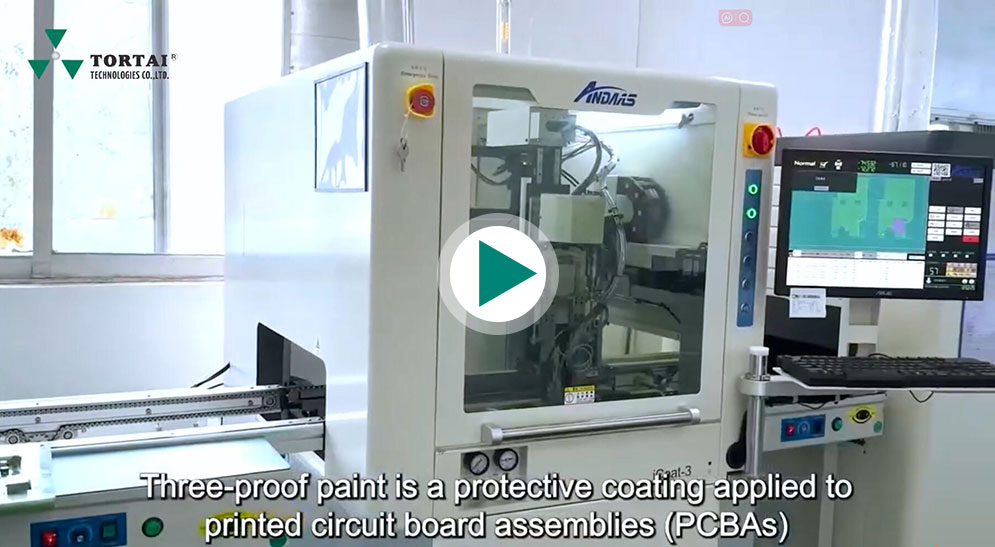PCB Three-Proof Paint Coating Process
Our professional configuration of 1 three-proof paint spraying production line, including 1 three-proof paint spraying equipment, UV testing, baking, including fully automatic one-stop mode, professional technology experienced engineers, adjusting the machine procedures to ensure that the board spraying uniformity and better results. Adopting the latest computer control programme, it is able to achieve three-axis linkage, and is also equipped with a camera positioning and tracking system, which can precisely control the spraying area. Three-proof paint coating machine, also known as three-proof paint coating machine, three-proof paint spraying machine, three-proof paint spraying machine, three-proof paint spraying machine, etc., is specialised in controlling fluids and covering the surface of PCB with a layer of three-proof paint, such as a layer of photo-resist on the surface of PCB by impregnation, spraying, or spin-coating. We will answer in this article what is the three-proof paint coating process, traditional coating and mechanical coating process comparison, three-proof paint common industry applications, the selection of three-proof paint precautions, three-proof paint coating operation specifications and process requirements, three-proof paint coating testing standards and so on.
Please Click to Watch The Video
PCBA Three-proof paint coating machine is mainly used in the product process of glues, paints and other liquids to spray, paint and dripping to the precise location of each product, can be used to achieve the line, round or arc. Precise control of the spraying valve can ensure that 0.05mm thickness of the three defence coating effect is uniform and consistent, compared with the manual spraying, dipping, brushing and other ways of revolutionary improvement, greatly improving production efficiency and product quality.
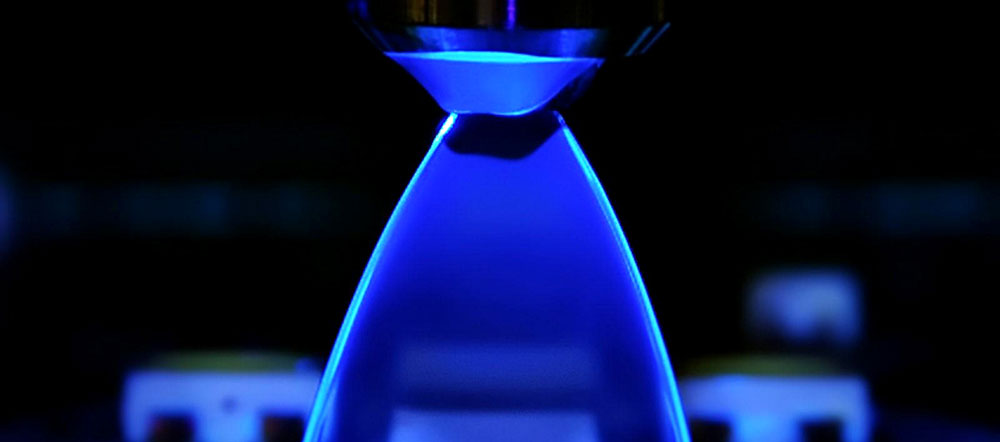
PCBA Circuit board triple-proof paint coating process, there are mainly coating machine and traditional coating process, the comparison of the two processes is as follows:
| Conventional Coating | Coating Machine Coating |
|
1.Brush Coating: Bubbles, Waves, Brush Hair Removal; 2.Row Brush Coating: Too Slow, Precision Can Not Be Controlled. 3.The Whole Piece of Immersion: Too Wasteful of Paint, Slow Speed. 4.Spray Gun Spray: To Jig Protection, Too Much Spraying |
(1) The Amount of Spray Paint, Spray Paint Position And Area is Set Accurately, no Need to Add People to Wipe The Board After Spray Paint. (2) Part of The Plug-in Components Away From The Board Edge Spacing is Large, Can Not Install Fixtures Directly Spray Paint, Save The Installation of The Board Staff. (3) No Gas Volatility, to Ensure a Clean Working Environment. (4) All Substrates Without The Use of Fixtures to Cover The Carbon Film, Eliminating The Possibility of Collision. (5) Three-Proof Paint Coating Thickness is Uniform, Greatly Improve The Production Efficiency And Product Quality, But Also to Avoid The Waste of Paint. |
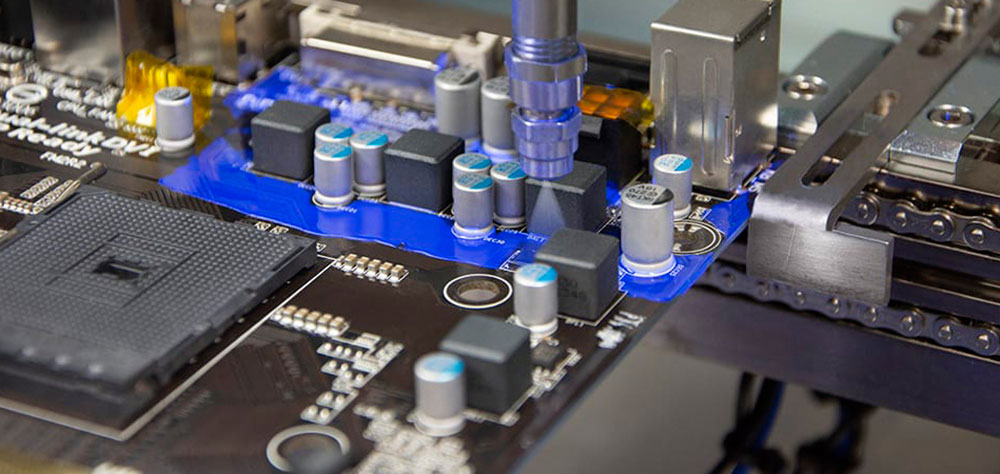
As electronic devices are more and more widely used in daily life, the quality and reliability of the products are getting more and more attention from consumers. The use of common lamination with triple-proof paints can effectively protect the circuits from damages, thus improving the quality of the products and reducing the cost of costly warranty failures.
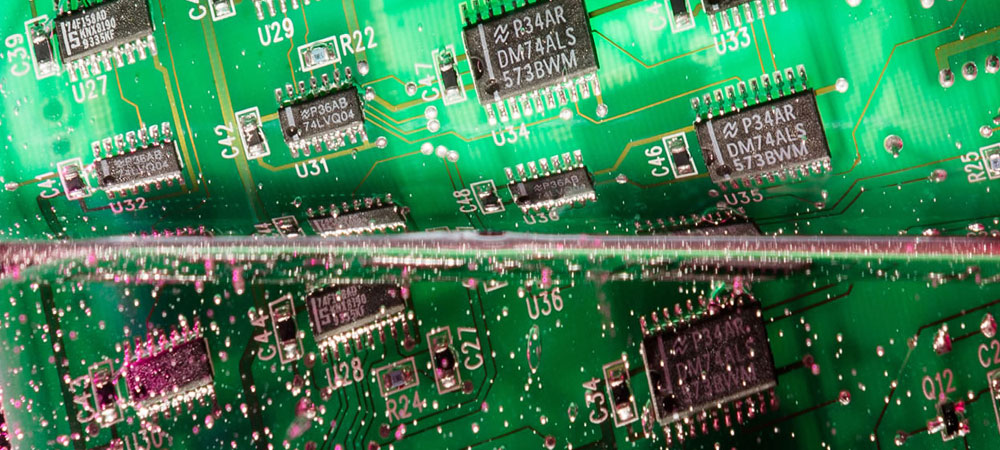
Three-proof paint, also known as PCB electronic circuit board protection oil, coating oil, moisture-proof paint, three-proof paint, waterproof adhesive, insulating paint, anti-corrosion paint, anti-salt spray paint, dust-proof paint, protective paint, coating paint, three-proof adhesive, etc., is a kind of protection of electronic circuit boards of the adhesive, mainly used for the protection of the circuit boards and their related equipment from the erosion of the bad environment, so as to improve and prolong their service life, in order to ensure the use of the safety and reliability.
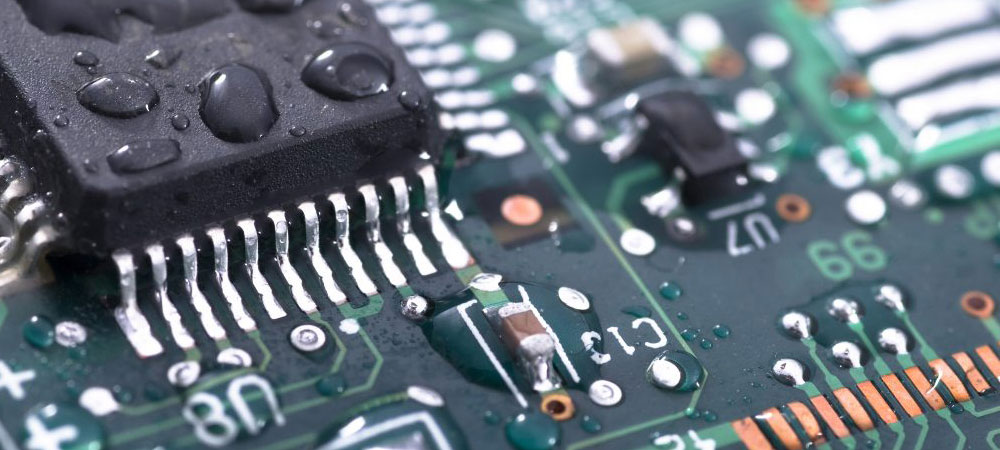
Under realistic conditions, such as chemical environment (combustion, coolant, etc.), vibration, high dust, salt spray, humidity and high temperature, the circuit board may produce corrosion, softening, deformation, mould and other problems, all of which will lead to circuit board circuit failure. Three-proof paint coated on the exterior of the circuit board, cured to form a transparent protective film, with superior insulation, moisture-proof, anti-leakage, anti-vibration, dust-proof, anti-corrosion, anti-aging, corona resistance, resistance to high and low temperatures and other properties.
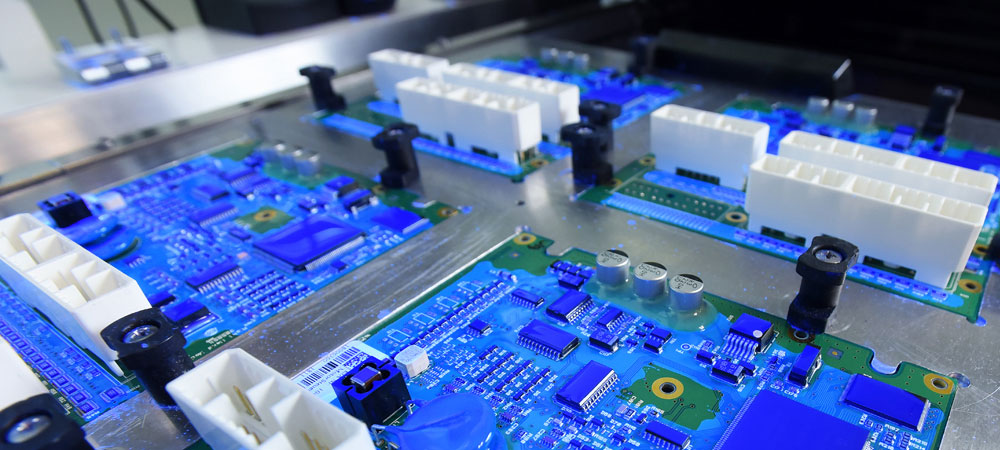
What Are The Common Application Industry Fields of Three-Proof Paint?
| Electronic Industry, Domestic or Commercial Appliances | ①Three-proof paint can protect electronic equipment from water, moisture, external chemicals and special use of the environment to ensure its continued stability, and its application is very broad, such as LED display, LED guardrail tube, solar energy instrumentation, power supply, inverter, consumer electronics, anti-theft and fire alarm devices, and so on.
② Water and detergent is a washing machine, dishwasher, bathroom products, outdoor electronic LED screen and other electronic products in the damage to the circuit is an important factor, the need to apply three anti-painting on their electronic circuits to form an effective protective layer against their erosion. ③ Computers, induction cookers, etc. are often malfunctioned due to harmful substances in the office or at home, and the three-proof paint provides a good solution to the problem that their work and quality of use are easily affected by harmful substances in the process of using them. |
| Automobile Industry | The high quality requirements of every component inside a car require triple-proof paints to protect circuits from substances such as petrol evaporates, salt spray and brake fluid. The application of electronic systems in automobiles is growing, and the three-proof process for automotive electronics is developing rapidly. The main components involved in three-proofing are electronic controllers, automotive air conditioning, instrument panels, sensors, car navigation and so on. |
| Aerospace Electronics | Due to the special characteristics of the use of the environment, aviation, aerospace environment on electronic equipment requirements are strict, especially in the rapid pressurisation and depressurisation conditions, but still to maintain good circuit performance, three-proof paint pressure stability is therefore widely used. Such as satellite systems, military control systems, flight line control systems. |
| Nautical | Both fresh fresh water and salty seawater can be hazardous to the electrical wiring of marine equipment. The use of triple-proof paint maximises the protection of equipment on the surface of the water and even submerged underwater. For example, navigation systems, radar control systems, etc. |
| Medical | Triple-proof paints protect medical electronic equipment from external chemicals and specialised use environments, ensuring their continued stability. |

What Factors do We Need to be Aware of Before Choosing a Triple-Proof Paint?
Currently on the market, a wide range of brands and varieties of three-proof paint, quality and price vary, so we can not be sloppy in the process of selecting the product, you need to consider the following five factors:
| Working Environment | People have different requirements for the physical and chemical resistance of electronic equipment, such as pressure resistance, vibration resistance, waterproof, acid and alkali corrosion resistance, etc. Therefore, it is necessary to use three-proof paint with different characteristics for different working environments. |
| Electrical Requirements | Triple-proof paints should have a high dielectric strength and breakdown voltage; the minimum dielectric strength requirement for triple-proof paints can be determined from the spacing of the printed wires as well as the potential difference between adjacent printed wires. |
| Circuit Board Layout | The design of the circuit board should take into account the placement of components that do not need to be coated, including connectors, IC sockets, tunable potentiometers, and test points, which should be placed on the edge of one side of the board, in order to achieve the simplest coating process and the lowest coating cost. |
| Method of Use | Before applying the three-proof paint, the surface of the circuit board should be thoroughly cleaned of corrosive residues to ensure that the three-proof paint adheres well to the surface of the circuit board. |
| Secondary Processing And Repair | As most boards have the potential for rework and recycling, the film needs to be easy to remove and process as required. Currently, most triple-proof lacquers allow safe soldering operations, and there are a number of layers that can be removed with standard organic solvents. |

What Are The Types of Three-Proof Paint And Tips For Choosing Them?
Three-proof paint (common lamination) can be divided into three major categories, namely, acrylate, silicone and polyurethane, in terms of chemical composition. From the curing method, there are solvent curing, room temperature curing, heat curing and UV curing etc. to choose from.
| Pseudolaric acid | Product Features |
| Solvent-Containing Acrylic Resin Triple-Proof Paint | With surface drying, fast curing time, better three-proof, cheap, transparent colour, flexible texture, with easy to repair characteristics. |
| Solvent-Free Acrylic Resin Triple-Proof Paint | UV curing, can be in a few seconds to a dozen seconds table dry, transparent colour, hard texture, anti-chemical corrosion and abrasion resistance is also very good. |
| Polyurethane Triple-Proof Paint | Brittle texture, excellent solvent resistance; not only superior moisture resistance, but also stable performance in low temperature environment. |
| Silicone Tripleproof Paint | Soft, elastic coated material that releases pressure well, is resistant to temperatures up to 200 degrees and is easy to repair. |
| Fluorescent Triple Defence Paint | After applying the fluorescent triple-proof paint, the violet light illuminates the coated surface with blue colour, which is clear and easy to check whether the triple-proof paint has been applied in place or not. |
| Three-proof paint has a wide range of applications, it is recommended that before use, more detailed communication with the supplier to understand the product’s technical parameters, performance indicators and scope of application, to ensure that the selected product meets the needs of the enterprise. | |
Advantages of Coating Process of Three-Proof Paint Coating Machine
Traditional manual painting will have poor consistency, quality accidents (such as three-proof paint penetration into the LCD screen, socket, etc.), uneven thickness, three-proof paint mixed with impurities and so on. The use of professional three-proof paint spraying production line can effectively avoid these defects, with fast speed, high reliability, one-stop baking and curing advantages.
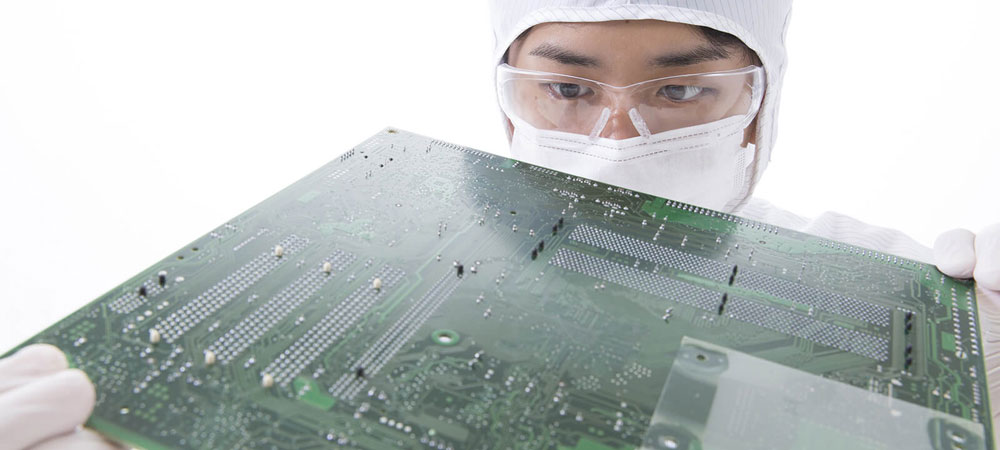
What Types of Coating Processes Can The Coater Support?
– Large size PCBA boards, such as 550mm*470mm, etc.
– Provide matching PCBA board carrier, effectively ensure the uniformity of edge coating.
– Supports the coating of PCBA boards with dense and high component counts.
– Sector spraying and dot-pin spraying can cover all kinds of component surfaces.
– According to the actual needs of customers, you can selectively avoid certain components, such as connectors, antennas, Wifi modules, heat sinks and so on.
– Support double-sided coating and baking
– Fully automatic equipment, the average coating time for each board is within 0.5~3 minutes.

What are the precautions for applying PCBA triple-proof paint?
1、Three-proof paint exceeds the shelf life, prohibit the use.
2、Storage containers should be kept airtight after opening.
3、prohibit the use of the remaining three-proof paint poured back into the original storage container, to be separated from the airtight preservation.
4、long time (more than 12 hours) did not open the workroom or storage room, should be ventilated for 15 minutes before entering.
5、Inadvertent splashing into the glasses should immediately turn over the upper and lower eyelids, rinse clean with flowing water or saline, and then seek medical treatment.
6、If you feel uncomfortable when painting, you should leave the work site to fresh air quickly, and if you have difficulty in breathing, you should be given oxygen, and then seek medical treatment.
What are The Precautions and Points of The Coating Process of Circuit Board Triple-Proof Paint?
According to the requirements of IPC-A-610E (electronic assembly testing standards) and factory regulations, mainly in the following areas:
Paint preparation: PCB to be sprayed on the appearance of the inspection, if the board has obvious handprints, stains and other poor appearance, it must be cleaned with a cleaning agent and wait until the cleaning agent thoroughly evaporated before entering the next process.
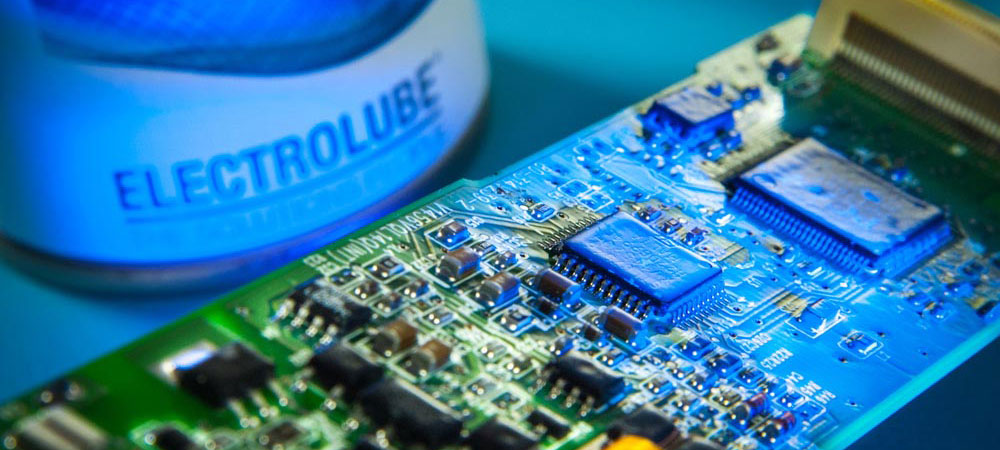
What are the operational requirements for applying PCBA tri-proof paint?
1、Three prevention work should be carried out in a separate room, but not completely closed, there must be good ventilation facilities.
2、Smoking, eating and drinking are prohibited in the operation room, and do not quote alcoholic beverages before work.
3、 the operation should wear a good mask or gas mask, rubber gloves, chemical protective glasses and other protective equipment, so as not to injure the body, which also depends on the choice of the three-proof paint products, if it is a stupid-containing products should pay close attention to the protection and fire prevention, and if it is the TIS-NM environmental protection of three-proof paint products, it is a lot of security, and will not have the risk of combustion.
4、After the work is finished, we should clean the used utensils in time, organise, sassafras test tools and equipment, and containers with three-proof paint cover tightly.
5、 the workplace should be clean and dust-free, no dust flying, and prohibit the entry of unrelated personnel.
6、tools and equipment should be fully grounded, and do a good job of electrostatic protection measures.
7、do not overlap the PCBA placed during operation; PCB board to be placed horizontally.
8、each batch of raw materials before use, should do a small sample curing test (3-5PCS).
9、clean and bake the board, remove moisture and water. The surface of the object to be coated with dust, moisture and oil must be removed in order to give full play to its protective effect. Thorough cleaning ensures that corrosive residues are completely removed and that the three-proof paint adheres well to the surface of the circuit board. Baking conditions: 60 ° C, 10-20 minutes, in the oven after the removal of the heat coating better;
10、The board should be placed as flat as possible when brushing, and there should be no dripping dew after brushing, and the brushing should be flat, and there should be no bare part, between 0.1-0.3mm is suitable.
11、 before brushing and spraying, make sure the diluted product is fully stirred and left for 2 hours before brushing or spraying. Use a high quality natural fibre brush to gently brush and dip coat at room temperature. If using machinery, the viscosity of the paint should be measured (with a viscosity agent or flow cup), and the viscosity can be adjusted using a thinner.
12、PCB assemblies should be immersed vertically in the paint dregs. Connectors should not be immersed, unless carefully covered, the circuit board should be immersed for 1 minute until the bubbles disappear, and then slowly take out. A uniform film layer will form on the surface of the circuit board. Most of the paint residue should be allowed to flow from the circuit board back into the dipping machine. the TFCF has different coating requirements. The circuit board or components should not be immersed too fast to avoid excessive air bubbles.
13、dip coating after the end of re-use, if the surface has a crust phenomenon, remove the skin, can continue to use.
14、 brush coated flat on the bracket, ready to cure, the need to use heat to accelerate the curing of the coating. If the surface of the coating is uneven or contains air bubbles, it should be placed in a high temperature oven for more time at room temperature to allow the solvent to flash out.
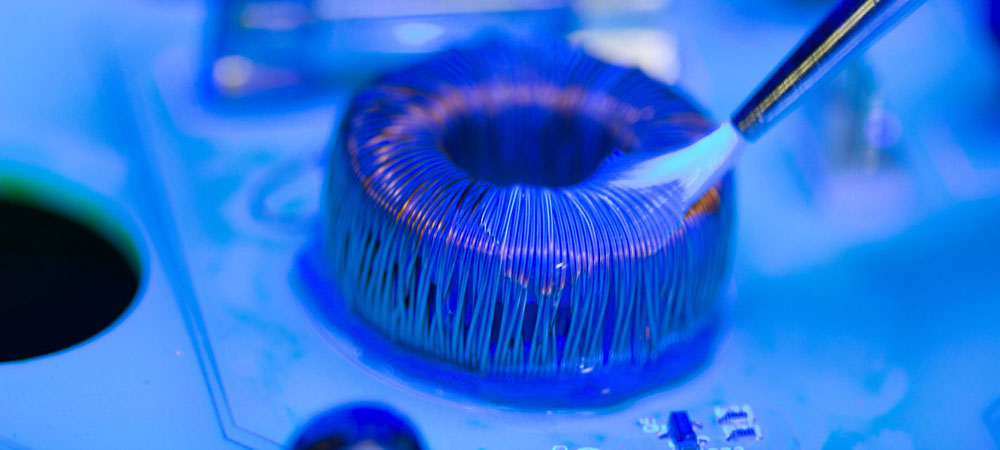
What are the technical requirements for applying PCBA tri-proof paint?
1、Brush three-proof paint protection shall be tested, inspected and thoroughly cleaned before PCBA assembly.
2、 The use of the brush to keep clean, prohibit the use of other operations; brush paint should be careful not to drip to the part of the paint does not need to be painted; after use of the brush to be cleaned with thinner and so on.
3、The coating layer should be transparent and evenly cover the PCB board and components with uniform colour and consistency.
4、The process steps are: painting A surface → surface dry → painting B surface → room temperature curing
5、Spray thickness: spray thickness of 0.1mm-0.3mm (dry film thickness is generally 30-100UM)
6、All coating operations should not be less than 16 ℃ and relative humidity of less than 75% of the conditions. PCB as a composite material will absorb moisture, such as not going to the moisture, three-proof paint can not be sufficient to play a protective role, pre-drying, vacuum drying can remove most of the moisture.
Which components of PCBA cannot be coated with triple-proof paint?
1、High power with heat sink or heat sink assembly, power resistor, power diode, cement resistor.
2、Dial switches, adjustable resistors, buzzers, battery holders, fuse holders (tubes), IC holders, flick switches.
3、All types of sockets, row of pins, terminals and DB header.
4、Plug-in or paste type light-emitting diodes, digital tubes.
5、Other parts and devices which are not allowed to use insulating varnish as specified in the drawings.
6、PCBA board screw holes can not be painted three-proof paint.
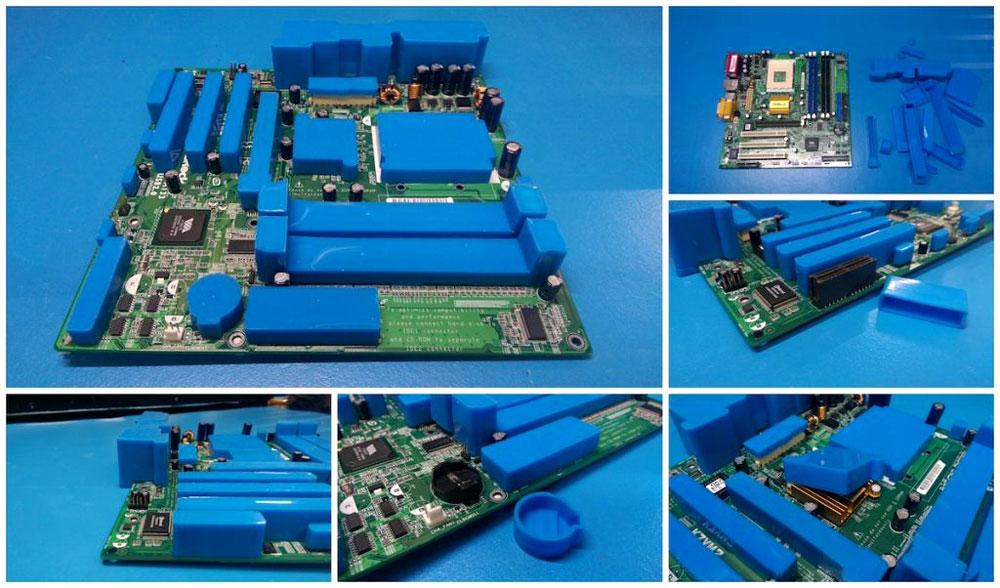
What are the zones for applying PCBA triple-proof paint?
Areas That Cannot be Coated
1、Areas requiring electrical connections, such as gold pads, gold fingers, metal through-holes, test holes;
2、Batteries and battery holders;
3、connectors;
4、Fuses and housings;
5、Heat sinks;
6、Jumper cables;
7、Lenses for optical devices;
8、Potentiometers;
9、Sensors;
10、Switches that are not sealed;
11、Other areas where performance or operation will be affected by the coating.
Areas That Must be Coated
All solder joints, pins, and component conductor sections.
Testing Equipment
Fully Automatic in-line Coating Inspection AOI

Coating inspection AOI equipment multiple LED-type scanners can produce parallax-free and distortion-free images by installing special lenses in the scanner lens system.
| Detection Characteristics: | |||
| Large detection range: 650*600mm | Fast detection speed, high resolution, high accuracy | Independent track, autonomous control (can be reversed or reversed) | Communication support, NG Buffer compatibility, reduced staffing |
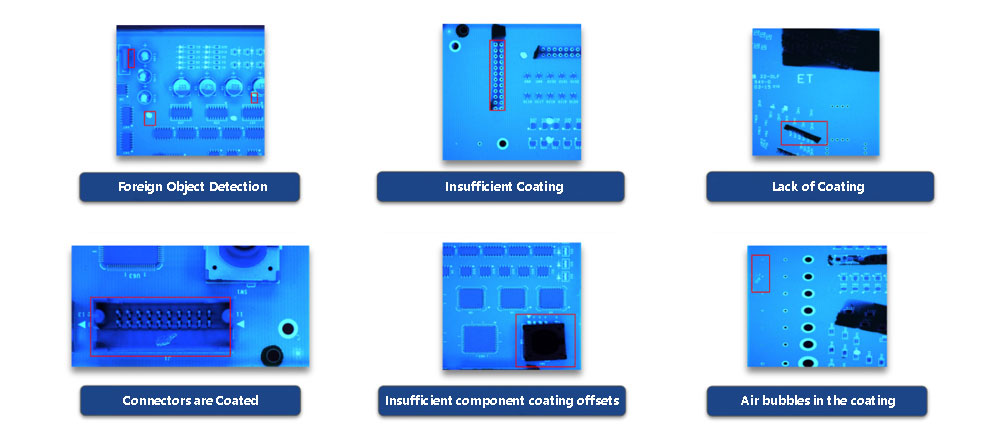
Combined with a variety of glue inspection tasks spillage or pulling, cracking, glue shrinkage, orange peel surface defects, bubbles, pinholes, foam, glue thickness, waves, scattering, glue application area.
All Self-Colouring UV Glues With Phosphors Can be Detected.

Conventional Manual Visual Inspection
Appearance inspection is generally in accordance with the customer’s project product parameters and IPC-CC-830B requirements to detect, through the fluorescent lamp irradiation, the details of the surface of the three-proof paint is easy to be detected, most customers are now using manual way of inspection, of course, can also be introduced into the automatic optical inspection system AOI, which can greatly improve the efficiency. The above picture is the effect picture after manually using UV fluorescent lamp irradiation.
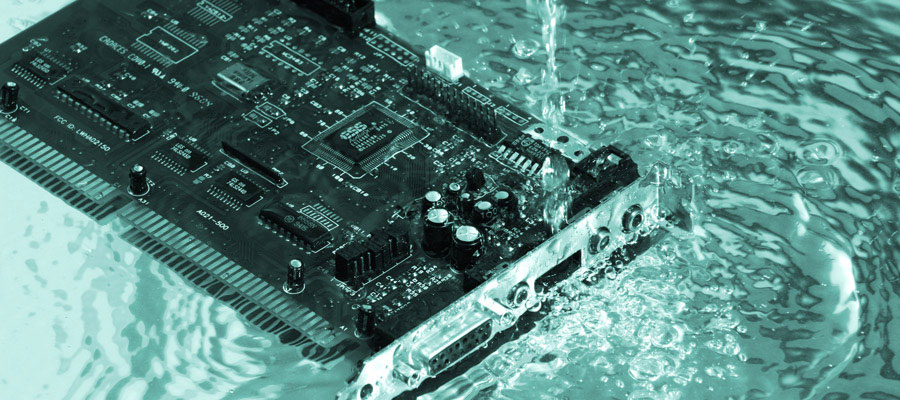
PCBA Three-Proof Paint Coating Thickness Standard And Tool Use Method
Standard Requirements for PCB Tri-Proof Varnish Coating Thickness:The normal thickness of the coating for most circuit board products is 25 to 127 microns, with some products being coated at lower thicknesses.
How to Measure with Tools
Circuit boards must be coated with the thinnest possible coating material to provide maximum protection and to minimise heat retention, additional weight gain and a variety of other problems. There are three primary methods to measure the thickness of a conformal coating.
Wet Film Thickness Gauges – Wet film thickness can be measured directly using a suitable gauge. These gauges contain a series of notches with each tooth having a known calibrated length. A thin film measurement is taken by placing the gauge directly on the wet film and this measurement is then multiplied by the percentage solids of the coating to calculate an approximate dry coating thickness.
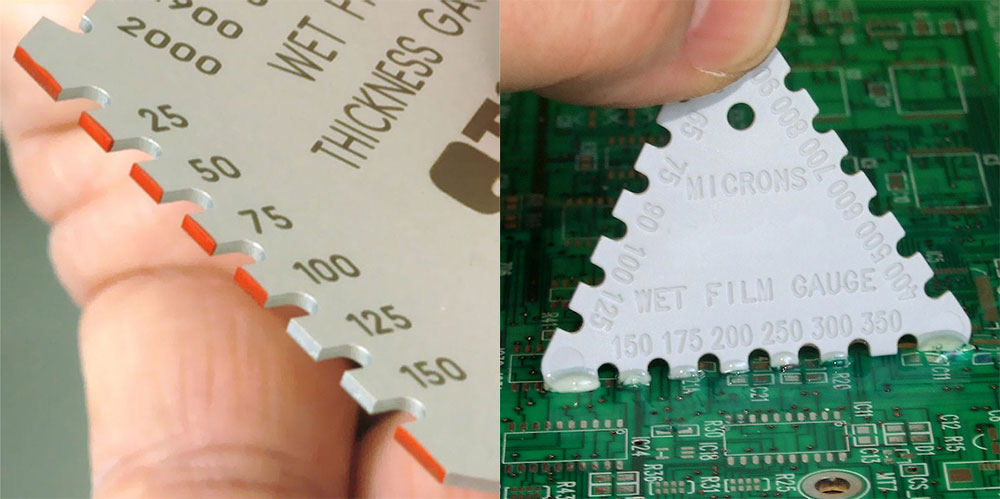
Micrometer – Micrometer thickness measurements are taken at several locations on the board before and after the coating occurs. The thickness of the cured coating is subtracted from the thickness when uncoated and divided by 2 to obtain the thickness of one side of the board. The standard deviation of the measurement is then calculated to determine the uniformity of the coating. Micrometer measurements are best made with harder coatings that do not deform under pressure.
Ultrasonic Thickness Gauge – This gauge uses ultrasonic waves to measure coating thickness. It has advantages over eddy current probes because it does not require a metal backing plate. The thickness depends on the amount of time it takes for the sound to travel from the transducer, through the coating, and reflect back off the surface of the PCB. This method is relatively safe and does not damage the PCB.
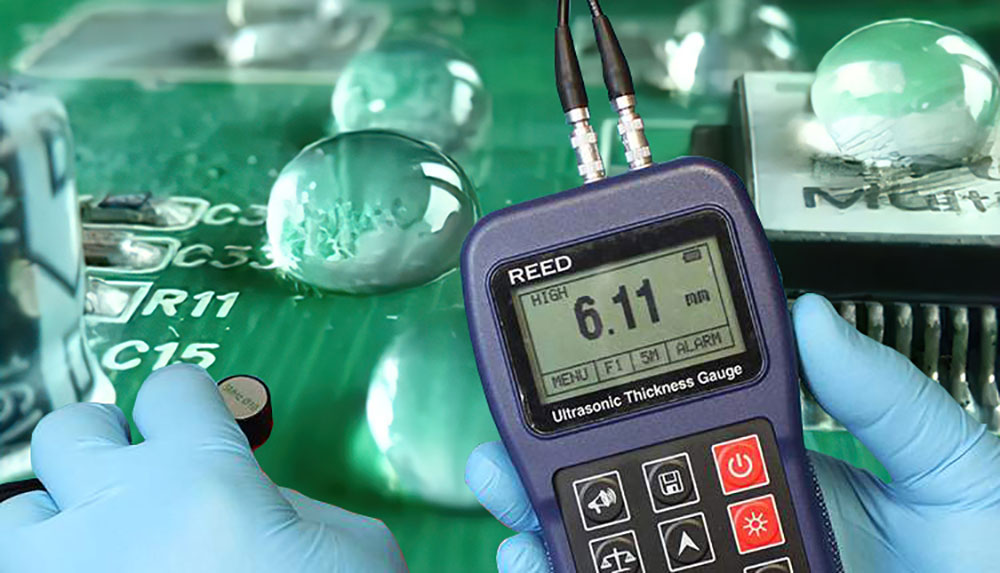
Three-proof paint testing standards, there is no perfect unified standards, enterprises generally refer to the national standards (GB) and IPC part of the actual situation, and then combined with their own, self-defined in line with their own corporate standards, according to a number of large-scale listed group companies to see the use of the situation, and often self-defined standard requirements, are far more than the national standards and IPC standards. In the field of electronic industry, each enterprise produces different products, the quality of three-proof paint, testing standards are not the same requirements. We believe that the three-proof paint coating suitable for customer product needs, can create value for customers is a good test standard, the following is roughly categorised as 26 test items:
1、Adhesion(Refer to GB/T9286 -1998 standard: scratch test method)
2、Salt spray test (reference GB/T 1771-2007 standard: verify the safety performance of the product. Standard 72h, enterprises need suppliers to cooperate with the limit of experiments up to 1000h)
3、Water absorption (reference GB / T 1738-1979 standard: verification of product protection, safety performance)
4、Insulation resistance under humid environment (refer to IPC-TM-650 2.6.3.4A standard: verify the insulation safety of the product)
5、Mould resistance (refer to IPC-TM-650 2.6.1 standard: 28 days mould test)
6、Weather resistance / thermal shock test (refer to IPC-TM-650 2.6.7.1A standard: IPC standard 100 cycles, companies need suppliers to cooperate with the limit of the experiment up to 600 cycles )
7、Acid and alkali resistance test (refer to GB1763-1986 standard: no abnormality of paint film)
8、Breakdown strength (reference GB1981.2-2003 standard: verify the insulation performance of the product)
9、Corrosion(Refer to IPC-TM-650 2.6.15 standard: no corrosion of the test sample )
10、Odour requirements (enterprise standards: small odour, no irritating unpleasant odour)
11、Toxicity requirements (reference JIS K0123-2006 gas chromatography mass spectrometry general standard: not only to comply with RoHS, REACH directive, but also requires the absence of benzene, toluene, xylene, xylene, ethylbenzene, acetone and other toxic substances)
12、Paint film flexibility (reference IPC-TM-650 2.4.5.1 standard: need to paint film bending 180 degrees without cracks)
13、Resistance to vulcanisation test (the enterprise’s own test standards: to verify the long-term protective performance of the product, silicone products due to its molecular structure of its own reasons, the molecular gap is large, the test can not be passed. Silicone products have good heat dissipation performance, but the moisture in the air, hydrogen sulfide and other gases for a long time by the molecular gap in the uninterrupted erosion, resulting in the gradual vulcanisation of the bottom of the plate corrosion, some large companies have gradually recognised the defects of the product, for the service life of the product requirements have been prohibited.)
14、Heat resistance (enterprise self-defined standards: cured paint film placed in the temperature of 65 ± 5 ℃, humidity of 90 ~ 95 of the constant temperature box 168h, the paint film should be no abnormality. (Verify the weather resistance of the product)
15、Flame retardant (fire retardant certification is required, flame retardant grade 94V-0: verify the flame retardant properties of the product)
16、Oil resistance (reference GB1739-1979 standard: verify the environmental adaptation and safety performance of the product)
17、Halogen content (reference IPC-TM-650 2.3.35 standard: special environmental requirements)
18、Acid value (reference GB / T 1981.2-2009 standard: verify the safety performance of the product)
19、Viscosity (reference GB/T 1981.2-2009 standard: verify the ease of use of the product)
20、Stability (refer to GB / T 1981.2-2009 standards: to verify the use of product durability)
21、The drying time of the film (reference GB/T 1981.2-2009 standard: verify the efficiency of the use of products)
22、Volume resistivity (reference GB / T 1981.2-2009 standard: verify the safety performance of the product)
23、Electrical strength (reference GB / T 1981.2-2009 standard: verify the safety performance of the product)
24、Dielectric withstand pressure (reference GB / T 1981.2-2009 standard: verify the safety performance of products)
25、Density (reference to ISO 2811.4-2011 standard: verify the consistency of product supply)
26、 Infrared spectroscopy measurement (reference GB / T 6040-2002 standard: verify the consistency of product supply)




